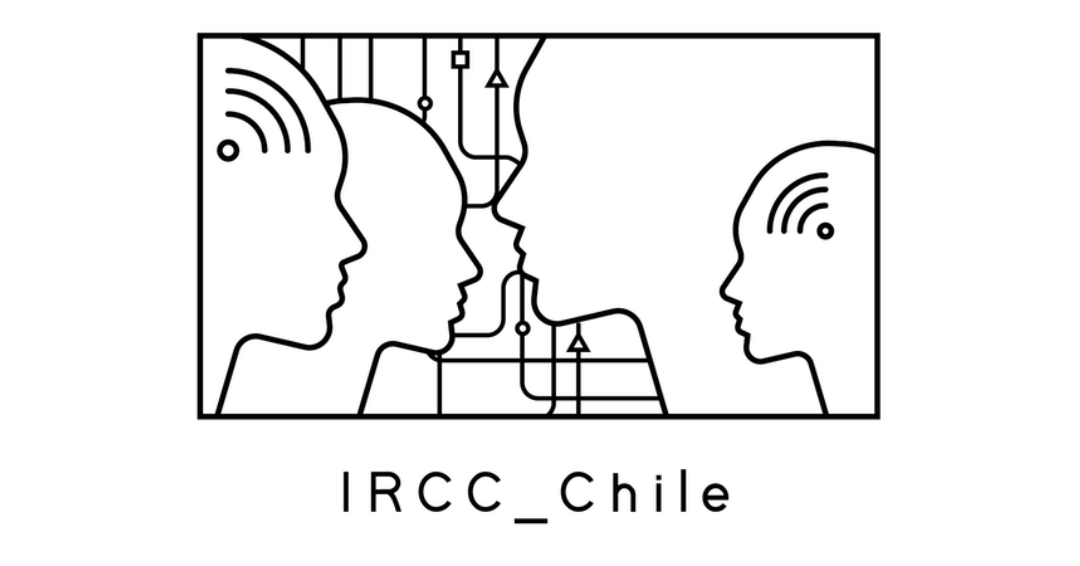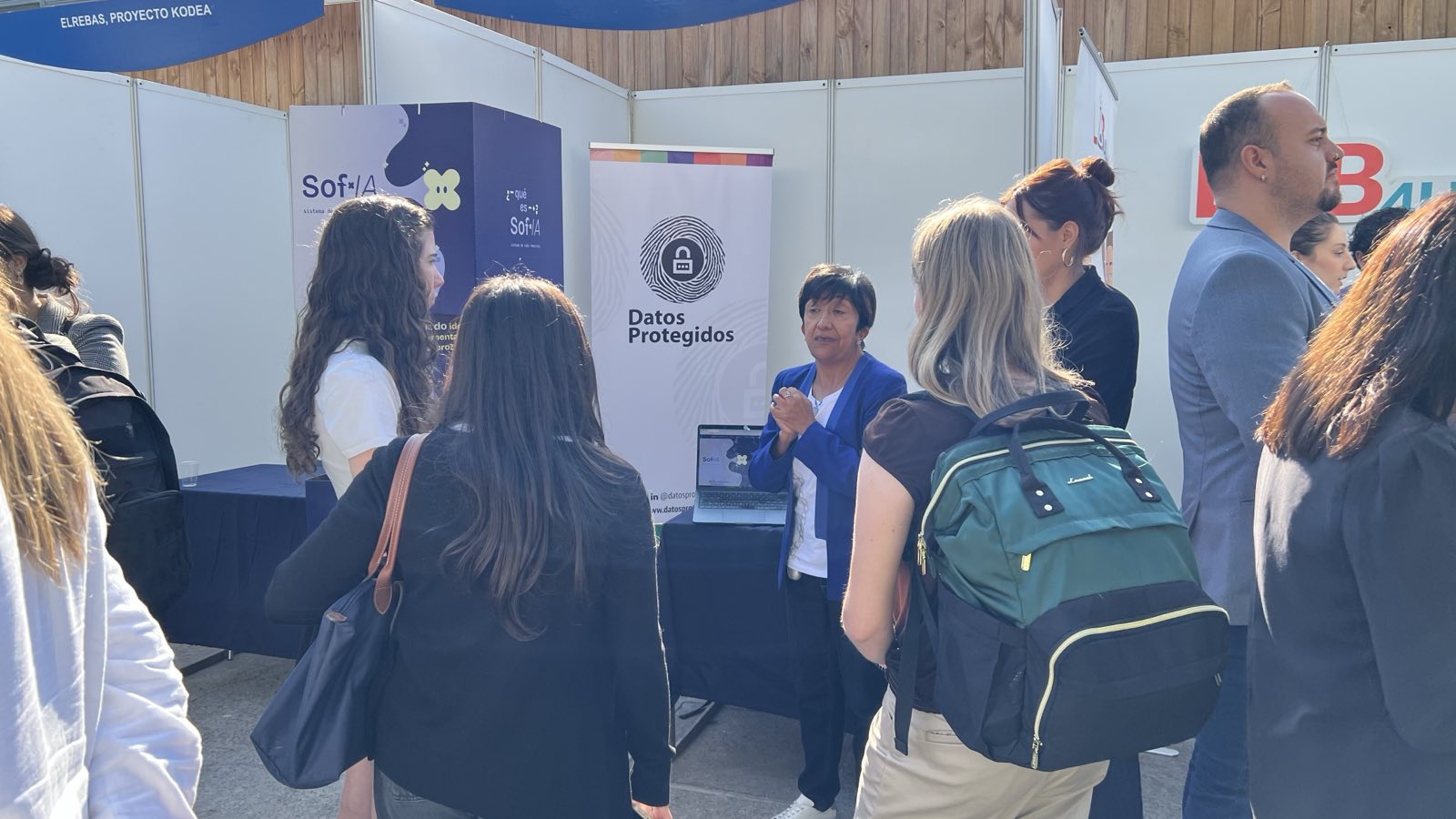TVN has made the headlines in recent weeks. The first time was due to statements by the new chairman of the board in light of his designation last December, which was seen by the public opinion as a prize given the role played by Francisco Vidal as an unofficial spokesman for the Rejection option in the last constitutional referendum. The statements that caused commotion were that “TVN is a guarantee of plurality” and that public TV had the duty to cover “institutional voices” such as the presidency of the republic and the presidency of the Senate or the Court, something that private media would not necessarily do.
Regarding pluralism, TVN’s paradox is that while it needs to be self-financed, i.e., resort to advertising investment for all of its expenses and investments just like commercial channels, it is the only Chilean channel with a public mission in its legal framework, expressed in terms of programming commitments. The result of this tension between two impossible principles is a forced mix that does not guarantee plurality in practice, and its television offering is indistinguishable from other major commercial channels. One of the findings of our study on information pluralism in national channels conducted in 2020 was that TVN did not have a differentiating role in this matter. The programming by channel reached averages between 3.7 and 4.4. TVN’s central newscast had a rating of 4.5, and Canal 13’s central newscast a 4.6 rating. In terms of program diversity, no relevant difference with Canal 13 was found.
Now on to the next aspect: the public and the institutional. In an article published in 2011, I argued that “public television is a vehicle for social integration by means of various symbolic mechanisms that contribute to defining what constitutes a country’s ‘official’ we”, and, of course, this includes the representatives of institutions. However, I also pointed out that reducing the public to the institutional was not imperative and that the notion of citizens as active participants not only in information access but also in broadcasting was another way to conceive a public medium’s differentiating role. Therefore, the institutional voices thing is very good, but if the public aspect is only reduced to that, it’s not okay.
In the early days of January, TVN made the headlines again. This time, it was questioned for its role as co-organizer of the Viña del Mar Festival, which would include a singer that praises the so-called “narcoculture” in its 2024 line-up. In this regard, we can only return to this editorial’s first point: TVN is expected to be “more” and “better” than private channels, yet without being able to use financing mechanisms differing from those of the latter (with the exception, to a certain degree, of NTV, which is worthy of a different conversation). Under these conditions, any questioning of commercial decisions must consider these structural conditions: to TVN, the Viña del Mar Festival is a way to make money, unless the law is changed.
At an international level, the issues currently concerning public television channels are others. One of them is generative artificial intelligence (GAI), i.e., artificial intelligence used to create new content based on existing data, for example, new audio recordings for a person’s voice. Public media are starting to recognize GAI’s potential in improving their own processes and results. But they are also taking precautions regarding its potential negative ramifications in terms of veracity and the many forms that disinformation may adopt, especially in electoral processes. It would be important to know whether this debate has reached TVN, particularly considering this year’s municipal elections.
Santiago, enero de 2024
Escucha esta editorial a continuación:


